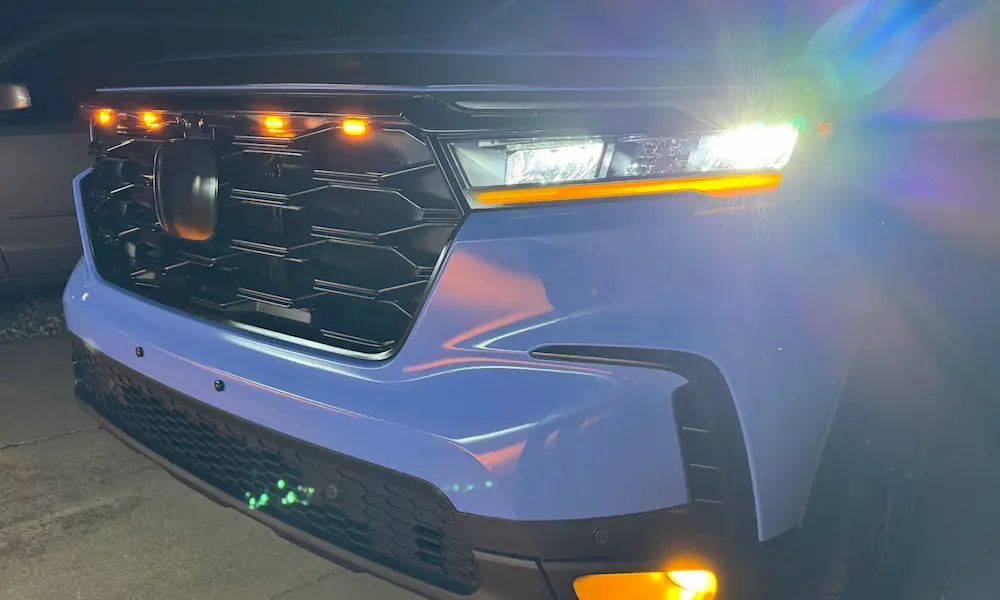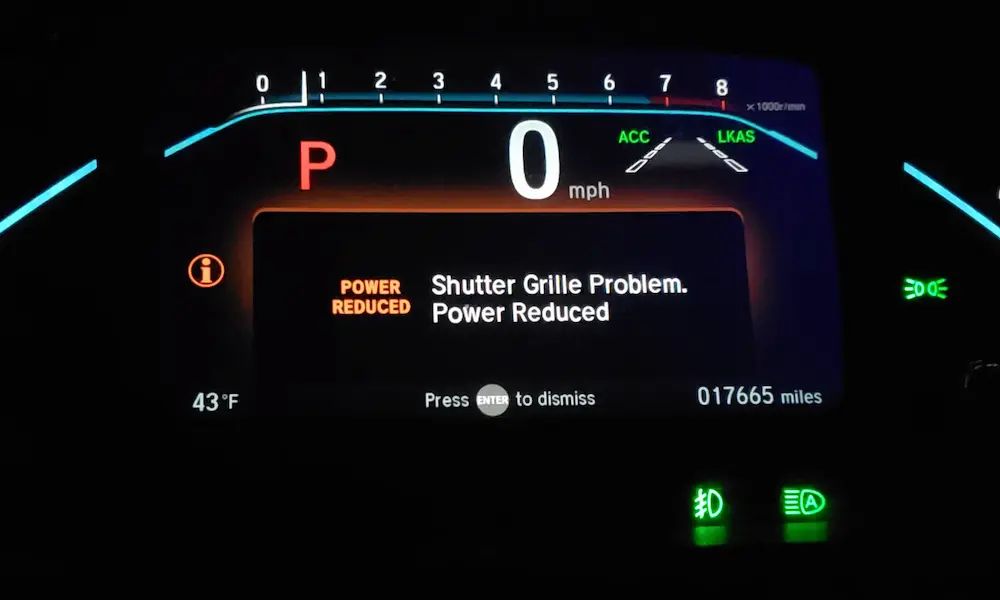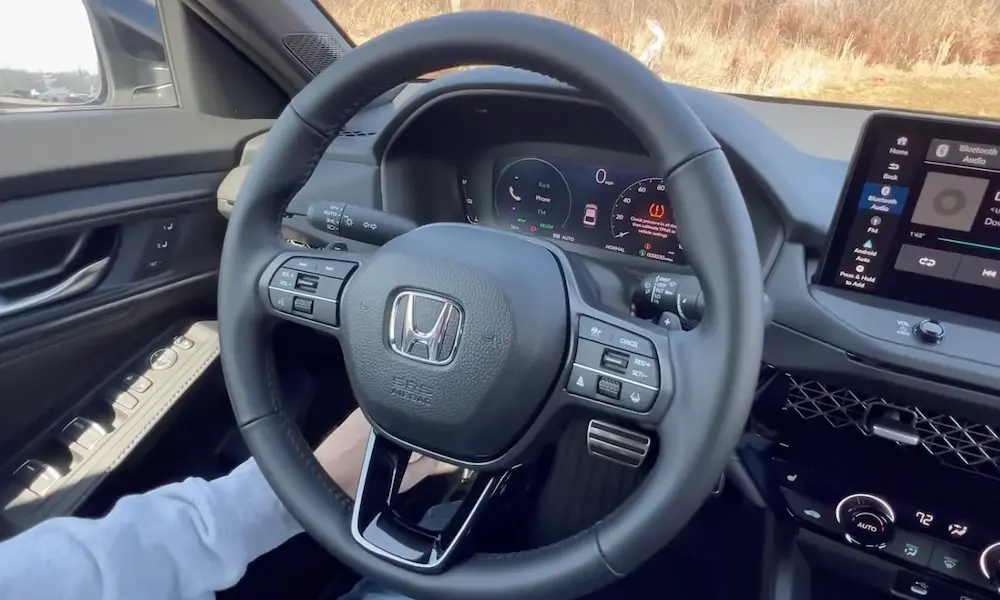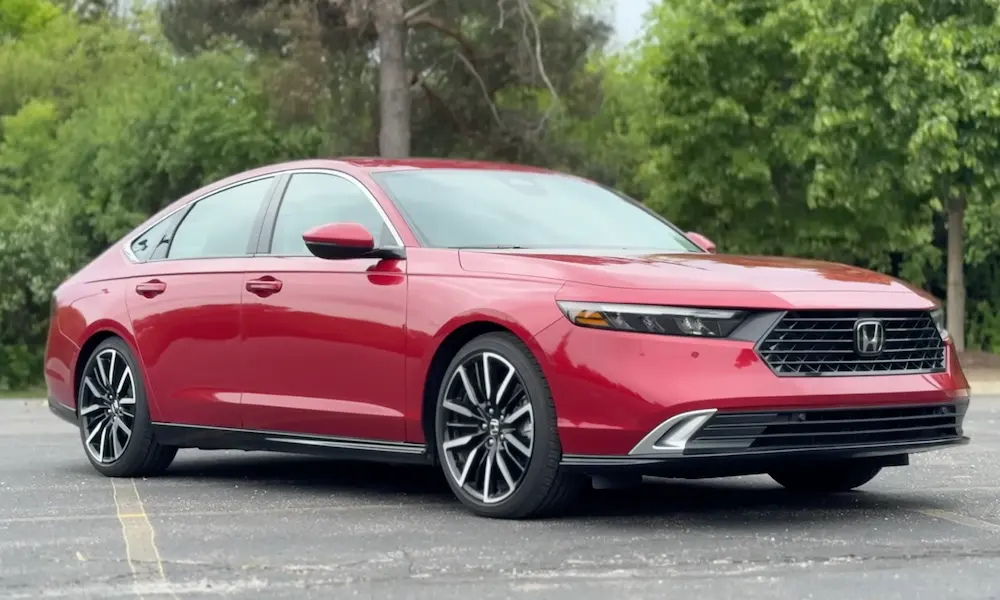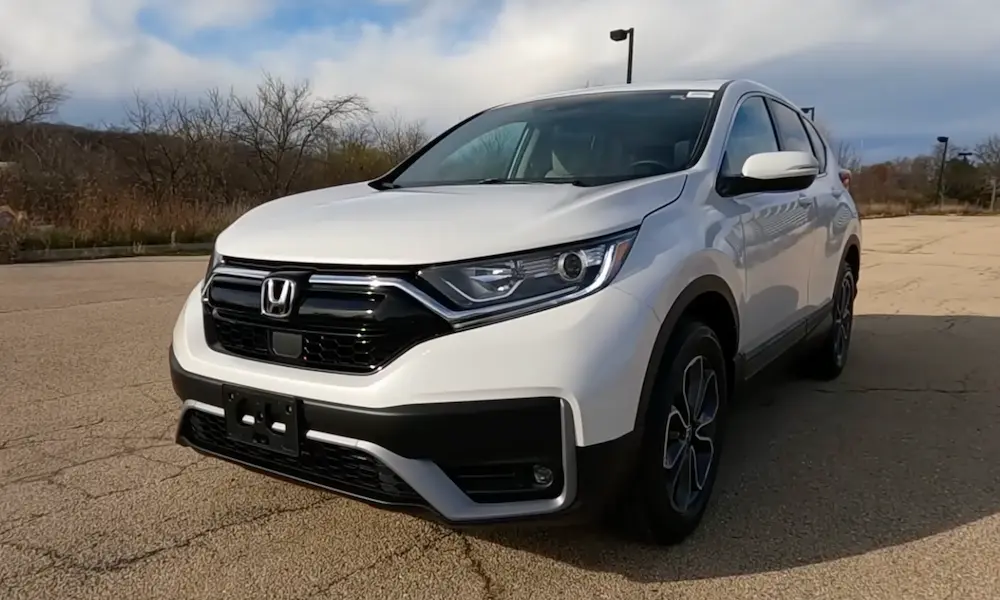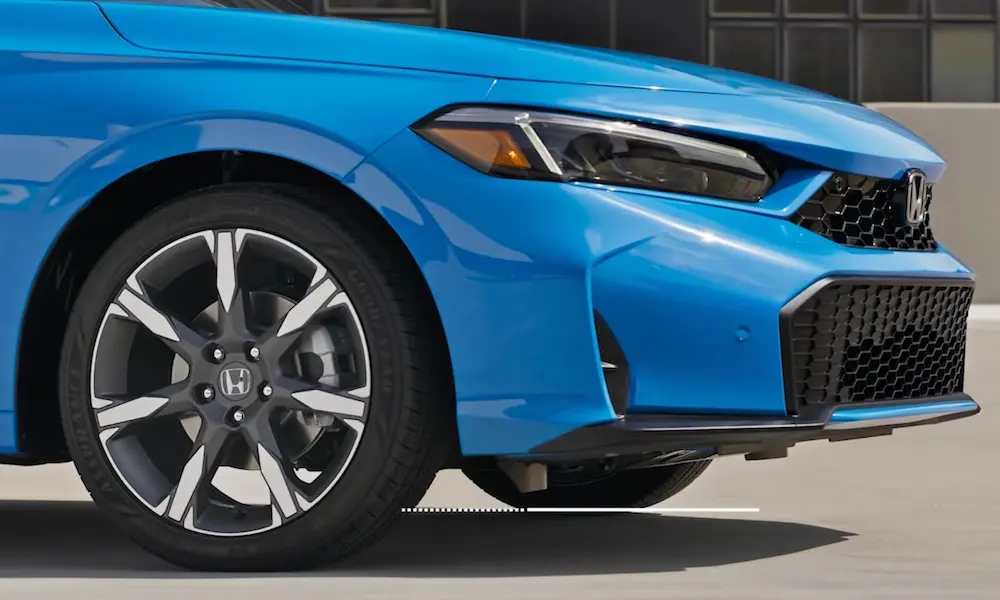If you’re experiencing unexpected shifts or jerky movements with your Honda’s 10-speed transmission, you’re not alone. Many drivers have faced similar issues, leaving them puzzled about what might be going wrong. You’ll uncover practical solutions and insight into the mechanical engineering behind these transmission problems. Understanding these will help you tackle your own car troubles effectively, so keep reading to find out how you can solve these issues.
Honda’s 10-Speed Automatic Transmission Overview
You might be wondering about Honda’s newer 10-speed automatic transmission. It’s found in vehicles like the Odyssey and Accord 2.0T, as well as several Acura models such as the RDX, TLX, RLX, and MDX. This transmission was designed to improve upon the older ZF 9-speed.
Why Choose the 10-Speed?
- Smooth Shifts: The 10-speed aims for smoother shifts compared to the previous models.
- Better Fuel Efficiency: It helps enhance fuel economy by optimizing engine performance.
Common Problems
Though the 10-speed has its advantages, some users have reported issues. You may experience jerky movements and delayed gear engagement. Keeping an eye on these can save you from costly repairs.
Sensitive to Voltage
Your Honda’s 10-speed transmission is sensitive to voltage changes. If there’s a low voltage issue, the Transmission Control Module (TCM) might reset, creating unexpected moves to Park or Neutral. Honda addressed this with a software update to resolve the TCM behavior problems.
If you’ve ever dealt with a CVT, you might notice differences in handling and responsiveness. Understanding the unique aspects of Honda’s 10-speed transmission can help you enjoy smoother rides.
Common Issues with Honda’s 10-Speed Transmission
Honda’s 10-speed transmission, while generally reliable, does face a range of issues. These can include difficulties with shifting, problems with the torque converter, fluid leaks, and symptoms of transmission failure. Understanding these problems helps you address and resolve them effectively.
Hard Shifting Challenges
You might experience hard shifting with Honda’s 10-speed transmission. This issue often shows up between the first and second gears, which can make your car jerk unexpectedly. Hard shifting can be annoying and may lead to further transmission problems if not addressed.
To tackle this, regular maintenance checks by a mechanic are essential. They might update the software or tune the transmission system. Staying on top of maintenance can prevent more severe issues later.
Torque Converter Problems
The torque converter in your Honda might cause issues such as slipping or shuddering. This component is crucial for transferring your engine’s power to the transmission. When it’s not working correctly, you may notice vibrations or reduced performance when accelerating.
These problems might need attention from a qualified mechanic. Identifying issues early can help avoid more extensive repairs. Keep an ear out for odd noises and watch for performance dips.
Fluid Leak and Low Fluid Concerns
Fluid leaks and low fluid levels can cause major headaches. Transmission fluid is vital for the proper operation of your vehicle. Low fluid levels might lead to excessive wear, overheating, or even severe transmission damage.
To check for leaks, look for red or brown fluid under your vehicle. If you spot a leak or notice rough shifting, it’s best to consult a mechanic. They can pinpoint the leak and recommend how to fix it before it leads to significant trouble.
Transmission Failure Symptoms
Certain signs point to potential transmission failure. These include strange sounds like grinding, unusual vibrations, or a burning smell during operations. Noticing any of these may mean your transmission is on its way to failing.
Fixing this may mean anything from replacing parts to a full rebuild, depending on the damage. Regular inspection and listening for strange behaviors can catch issues before they become costly repairs.
Loss of Power During Acceleration
Experiencing a loss of power when you accelerate can be linked to transmission problems. Your vehicle might struggle to gain speed, feel sluggish, or rev up without increasing speed effectively.
This issue can result from numerous causes like failing torque converters or fluid problems. If you notice a loss in acceleration, an immediate check-up by a professional is advised. Early diagnosis and repair keep your vehicle running smoothly and safely.
Specific Models Affected
The Honda Odyssey has faced challenges with its 10-speed automatic transmission across different model years. Understanding the characteristics of models like the 2018 Odyssey Elite and insights into the 2022 Odyssey can help you make informed decisions, especially if you’re thinking of buying a used minivan.
2018 Odyssey Elite Characteristics
The 2018 Odyssey Elite stands out with its advanced features and high-end options. It includes a 10-speed automatic transmission aimed at improving fuel efficiency and providing a smoother driving experience.
Unfortunately, some owners noted issues like rough shifting and delayed gear engagement. These problems can affect how the minivan performs during daily drives.
Even though these transmission issues might occur, other features such as a comfortable interior and advanced tech provide a balanced experience. When considering a used 2018 Elite, checking the service history for transmission maintenance is important.
Comparing 2022 Odyssey Reliability
The 2022 Odyssey shows improvements in transmission reliability compared to earlier models. Honda focused on enhancing the smooth operation of the 10-speed automatic, making it a bit more dependable for family trips.
This model continues to appeal with safety features, spacious interiors, and a comfortable ride. Even with better reliability, keeping up with regular maintenance helps prevent any unexpected issues.
This approach ensures your minivan remains a reliable choice for your family adventures. By considering the advancements in the 2022 Odyssey, you gain a clearer picture of its overall dependability.
Used Honda Odyssey Considerations
When looking at used Honda Odyssey models, considering the 2018 and 2022 editions brings both opportunities and risks. The 2018 models had some transmission concerns, so reviewing any maintenance records is key.
If opting for a newer used model like the 2022, you might benefit from updated technologies and better reliability. Whether you’re aiming for a good deal on an older model or the peace of mind of a newer one, your choice should focus on reliability, comfort, and features. Keep these factors in mind while exploring used car options for your next family minivan.
Warranty and Manufacturer Support
When it comes to the Honda 10-speed transmission, understanding your warranty is important. If you have problems with your transmission, the first step is to see if any issues are covered under your warranty. Warranties often cover transmission repairs for a specific number of years or miles, and knowing these details can save you a lot of stress.
Honda offers an extended warranty for some models with known transmission problems. This warranty can cover repairs for up to seven years from the original purchase date or 150,000 miles, whichever comes first. This can be a big help if you’re facing transmission troubles.
If your vehicle experiences these problems outside of warranty coverage, repair costs can vary. It’s always a good idea to keep paperwork and make note of any recall issues. If there’s a recall, repairs might be fixed at no cost to you.
For support, you can contact a Honda dealership. They can provide detailed information on your vehicle’s warranty and help address any transmission concerns.
Regular maintenance and early detection of issues, like jerky movements or unusual sounds, could prevent more expensive repairs down the road. Always report these signs early to take full advantage of manufacturer support.
Potential Solutions and Fixes
Experiencing issues with your Honda 10-speed transmission can be frustrating, but there are ways to address them. Here are some potential solutions and fixes to get your ride running smoothly again.
Regular Maintenance: Scheduling regular check-ups with a trusted mechanic can help catch problems early. This might prevent needing costly repairs down the line. Ensuring your transmission fluids are at the correct levels is key.
Address Leaks Promptly: If you notice any fluid leaks, it’s important to address them quickly. Transmission leaks can lead to a drop in fluid levels, causing gear slippage or jerky movements. Early detection and repair can save you from bigger headaches later.
Transmission Replacement: If issues persist despite these efforts, you might need to consider a transmission replacement. This is a more serious fix, but it can resolve ongoing problems. Consult with a professional to determine if this is necessary.
Software Updates: Sometimes, the solution can be as simple as updating the vehicle’s software. These updates can fix minor glitches affecting gear shifts, resulting in smoother operation.
Monitoring the performance of your transmission and seeking repairs as needed can help maintain your vehicle’s longevity. Staying informed and proactive can make a significant difference in your driving experience.
Purchasing Advice for Used Vehicles with 10-Speed Transmission
When considering a used car with a 10-speed transmission, you want to focus on a few key aspects. It’s important to check the maintenance records. A well-documented service history can help you understand how the vehicle was cared for.
Test drive the car to feel how smoothly the transmission shifts. Pay attention to any jerking or unusual noises, as these could signal problems.
If you’re looking at a Honda Odyssey, owners often report satisfaction with the transmission up to a certain mileage, but issues sometimes arise beyond that. Consider this when deciding.
Consider the vehicle’s mileage. Higher mileage vehicles may be more prone to transmission issues. Asking questions about any repairs or replacements concerning the transmission will also give you more insight.
Professional inspection by a mechanic familiar with Honda vehicles is a good investment. They can identify potential issues that you might miss during a test drive.
Taking these steps can help ensure that you’re purchasing a reliable used vehicle with a 10-speed transmission. Being informed and vigilant can save you from unforeseen problems down the road.


